John Hurrell – 24 June, 2013
Crook's seven portraits do vary. Oddly for process-driven work, they don't look formulaic. One reason is that the sitters seem to have wiggled around a bit - causing some body parts to unexpectedly jump up or down to layers above or below their normal position. Another is that the structural base is not identical for all works. Frontal and profile shots are mixed seemingly erratically, with a very strong sense of stacked horizontal strata, shuffled in smaller squares, and no vertical columns.
These photographic ‘collage’ portraits by Kiwi-born/Australian resident Daniel Crooks have a clinical, somewhat icy, ambience (avoiding improvisation after programming), seeming quite distinct and separate from the more accessible ‘time slice’ videos he is now well known for. While the latter have an attractive smeary Baconesque quality trailing their moving images and a stretched out distortion that references vertical sculpture like Giacometi’s, these static portraits are process driven, using a strict vertical/horizontal grid (no diagonals) where the camera position in relation to the sitter’s head is preplanned using a tracking system so that each predetermined vertex on the robotic camera’s route is visited only once. There is no editing later.
The results seem to represent an approach that is not extemporised compositionally (like say some of David Hockney’s photographic collages), nor are they solely cubist (testing out unusual spatial relationships to the stationary subject) or futurist (recording the subject’s movements from one external position). They are more a blend of all three - though mainly cubist - with a touch of the robotic/lego methodology of Simon Ingram. Time is the chief component here, time for the camera to move around the subject and work through a twenty minute long mechanical procedure, taking a long run of shots in sequence.
Despite this common system, Crook’s seven portraits do vary. Oddly for process-driven work, they don’t look formulaic. One reason is that the sitters seem to have wiggled about a bit - causing some body parts to unexpectedly jump up or down to layers above or below their normal position. Another is that the structural bed - the matrix for the juxtaposed rectangular images - is not identical for all works. Frontal and profile shots are mixed seemingly erratically, with a very strong sense of stacked horizontal strata, shuffled in smaller squares, and no vertical columns. Some faces have no eyes visible, or a surplus of several, or many mouths. Although the details are fragmented, you get a sense of each head as a cohesive solid form, more than the actual face as dominant signifier for consistent identity and personalised self. We see piled up horizontal strips of physiognomic detail taken at unexpected angles within the same height.
The other main work in this show is a video made in the suburbs of Melbourne, using a camera pointing skywards, attached to a moving car. Cloud Atlas (Fitzroy 1:23) is filmed on a Hamiltonian Path of one stop only for each node on the route - like with the photographic portraits - but instead of 3D trajectories in deep space, this one is a 2D version following roads. We see power lines, street lights, steeples, rooftops and tree foliage, bordering the edges of a shifting field of cloudy sky. The movement through the residential area of Fitzroy is smooth and constant - never jerky or irregular - making that quality seductive and calming. The monitor’s rectangular screen is like a painting where the canvas edges are accentuated by an empty centre, while the partially observed intermittent items (that flatten out and become linear) cross over and hold your attention. Mesmerising through their even pace - and indistinguishable from it.
John Hurrell
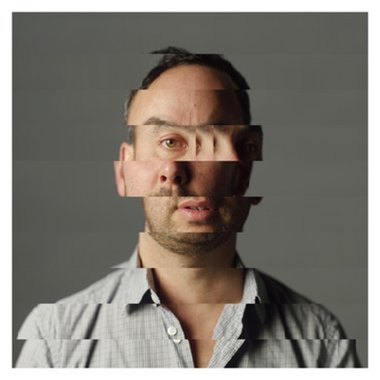
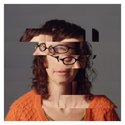
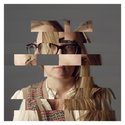

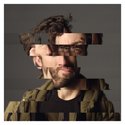

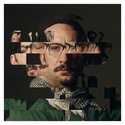

 Advertising in this column
Advertising in this column Two Rooms presents a program of residencies and projects
Two Rooms presents a program of residencies and projects



This Discussion has 0 comments.
Comment
Participate
Register to Participate.
Sign in
Sign in to an existing account.